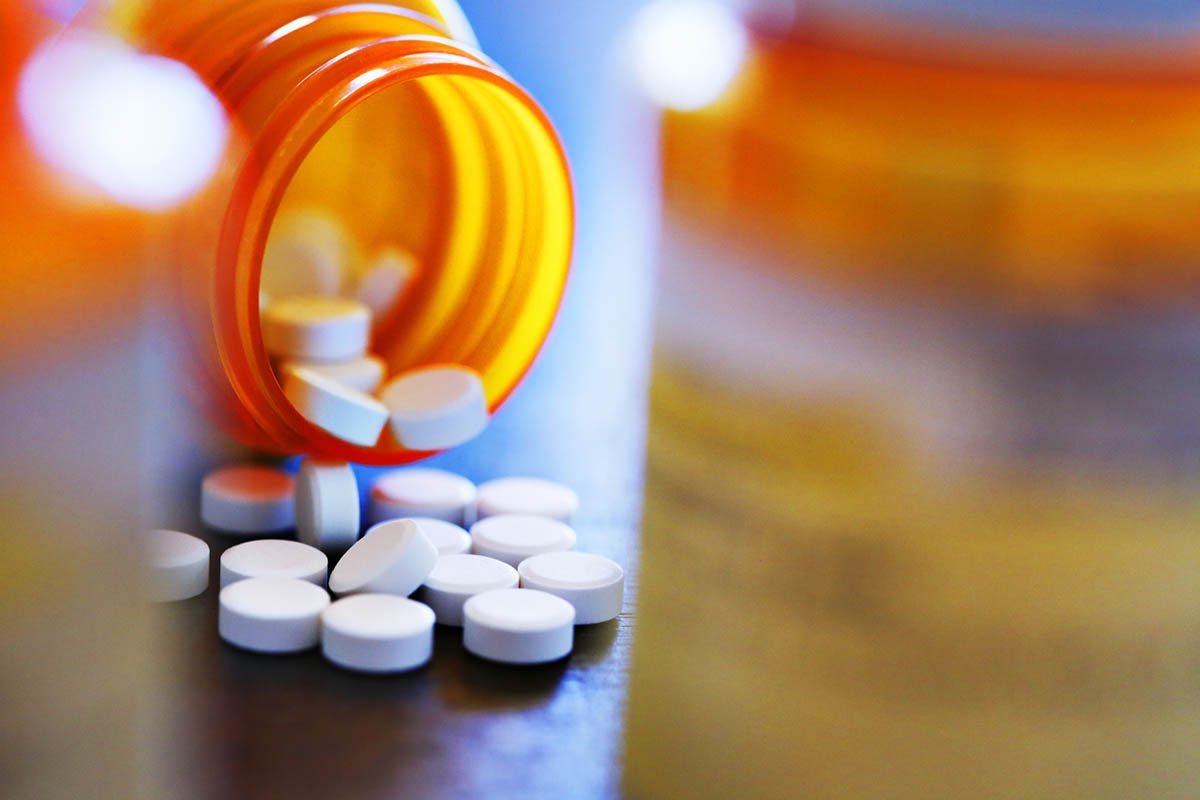To the Editor: The market for illicit substances is constantly expanding and changing faster than clinicians can keep up, especially with distribution through the “dark web.”1 In the latest wave of this epidemic, the emergence of internet markets provides a new venue for adulteration of drugs with illicitly manufactured fentanyl (IMF), such as carfentanil and ocfentanil.1 Fentanyl can be up to 100 times more potent than morphine, increasing the risk for fatal overdose.2 These adulterants can be found in counterfeit pills that mimic prescription drugs such as benzodiazepines and oxycodone.2
A commentary about the increasing prevalence of nonprescription fentanyl in counterfeit oxycodone recently published in the PCC suggests that buyers are often unsuspecting of IMF contamination.2 There were 79,770 reported fentanyl contaminated fatal heroin overdoses in 2022.3 To decrease mortality, we need to improve harm-reduction initiatives to identify contaminated substances for people who use drugs.
Current tactics for harm reduction include opioid agonist treatment, proper injection techniques, sterile syringe distribution, and naloxone use.4,5 The distribution of fentanyl test strips to conveniently test the drug supply in the community has garnered recent attention.4,5 Fentanyl test strips have been widely used in Europe for several years and are recently expanding into Canada.5 A study5 was conducted at a drug-checking site wherein drugs can be injected under supervision with no questions asked. In this case, they asked 1 question: whether or not clients wanted their drugs tested for fentanyl.5 Although only 1% of visits resulted in a drug check, about 80% of these 1,411 drug checks were fentanyl positive.5 These clients received a menu of harm reduction strategies such as dose modifications, drug use with others, take-home naloxone, and connection with addiction services.5 Among persons with a fentanyl-positive test, about 11% planned to discard the contaminated drug, while 36% planned to decrease their drug dose.5 In this sample, dose-reduction intention was significantly associated with decreased overdose risk.5
Subsequently, harm-reduction organizations in the United States started exploring distribution of fentanyl test strips as a tool to decrease overdose risk in drug users.5–7 In a report from Rhode Island, about 90% of people who use drugs were receptive to using home rapid fentanyl test strips.8 Another study7 performed in Philadelphia found that 75.9% of participants used fentanyl test strips because they had experienced an overdose in the past. Participants who had positive fentanyl-containing drugs were inclined to lower the dose or inject slowly to prevent overdose.7
Although pilot trials in the United States support the distribution of fentanyl test strips to drug users, they have limited use.7,8 Fentanyl test strips are not US Food and Drug Administration approved and are considered illegal paraphernalia in many states.4 Additionally, fentanyl test strips cannot measure the quantity of IMF present, and there is potential for false results.7 Further research and empirical validation are needed before fentanyl test strips can make a meaningful public health impact on the opioid overdose crisis.
Article Information
Published Online: May 14, 2024. https://doi.org/10.4088/PCC.23lr03681
© 2024 Physicians Postgraduate Press, Inc.
Prim Care Companion CNS Disord 2024;26(3):23lr03681
Submitted: December 13, 2023; accepted January 22, 2024.
To Cite: Modesto-Lowe V, Roznitsky R, Tan KC. Can fentanyl test strips modify how people use drugs? Prim Care Companion CNS Disord. 2024;26(3):23lr03681.
Author Affiliations: Hartford Behavioral Health, Hartford, Connecticut (Modesto-Lowe); Department of Psychiatry, University of Connecticut, Farmington, Connecticut (Modesto-Lowe); School of Health Sciences, Quinnipiac University, Hamden, Connecticut (Modesto-Lowe, Roznitsky, Tan).
Corresponding Author: Vania Modesto-Lowe, MD, MPH, Hartford Behavioral Health, 2550 Main St, Hartford, CT 06120 ([email protected]).
Relevant Financial Relationships: None.
Funding/Support: None.
ORCID: Vania Modesto-Lowe: https://orcid.org/0000-0003-3036-2566
References (8)

- Quintana P, Ventura M, Grifell M, et al. The hidden web and the fentanyl problem: detection of ocfentanil as an adulterant in heroin. Int J Drug Policy. 2017;40:78–83. PubMed CrossRef
- Hartmann GE, Sethi R. The role of non pharmaceutical fentanyl-contaminated counterfeit oxycodone in increasing opioid overdoses: a commentary review. Prim Care Companion CNS Disord. 2023;25(6):22nr03433. PubMed CrossRef
- Compton P. The United States opioid crisis: Big Pharma alone is not to blame. Prev Med. 2023;177:107777. PubMed CrossRef
- Friedman NMG, Molina CA, Glenn MJ. Harm reduction and emergency medical services: opportunities for evidence-based programming. Am J Emerg Med. 2023;72:85–87. PubMed
- Karamouzian M, Dohoo C, Forsting S, et al. Evaluation of a fentanyl drug checking service for clients of a supervised injection facility, Vancouver, Canada. Harm Reduct J. 2018;15(1):46. PubMed CrossRef
- Carroll JJ, Marshall BDL, Rich JD, et al. Exposure to fentanyl-contaminated heroin and overdose risk among illicit opioid users in Rhode Island: a mixed methods study. Int J Drug Policy. 2017;46:136–145. PubMed CrossRef
- Reed MK, Salcedo VJ, Guth A, et al. “If I had them, I would use them every time”: perspectives on fentanyl test strip use from people who use drugs. J Subst Abuse Treat. 2022;140:108790. PubMed CrossRef
- Krieger MS, Yedinak JL, Buxton JA, et al. High willingness to use rapid fentanyl test strips among young adults who use drugs. Harm Reduct J. 2018;15(1):7. PubMed CrossRef
Please sign in or purchase this PDF for $40.
Save
Cite



